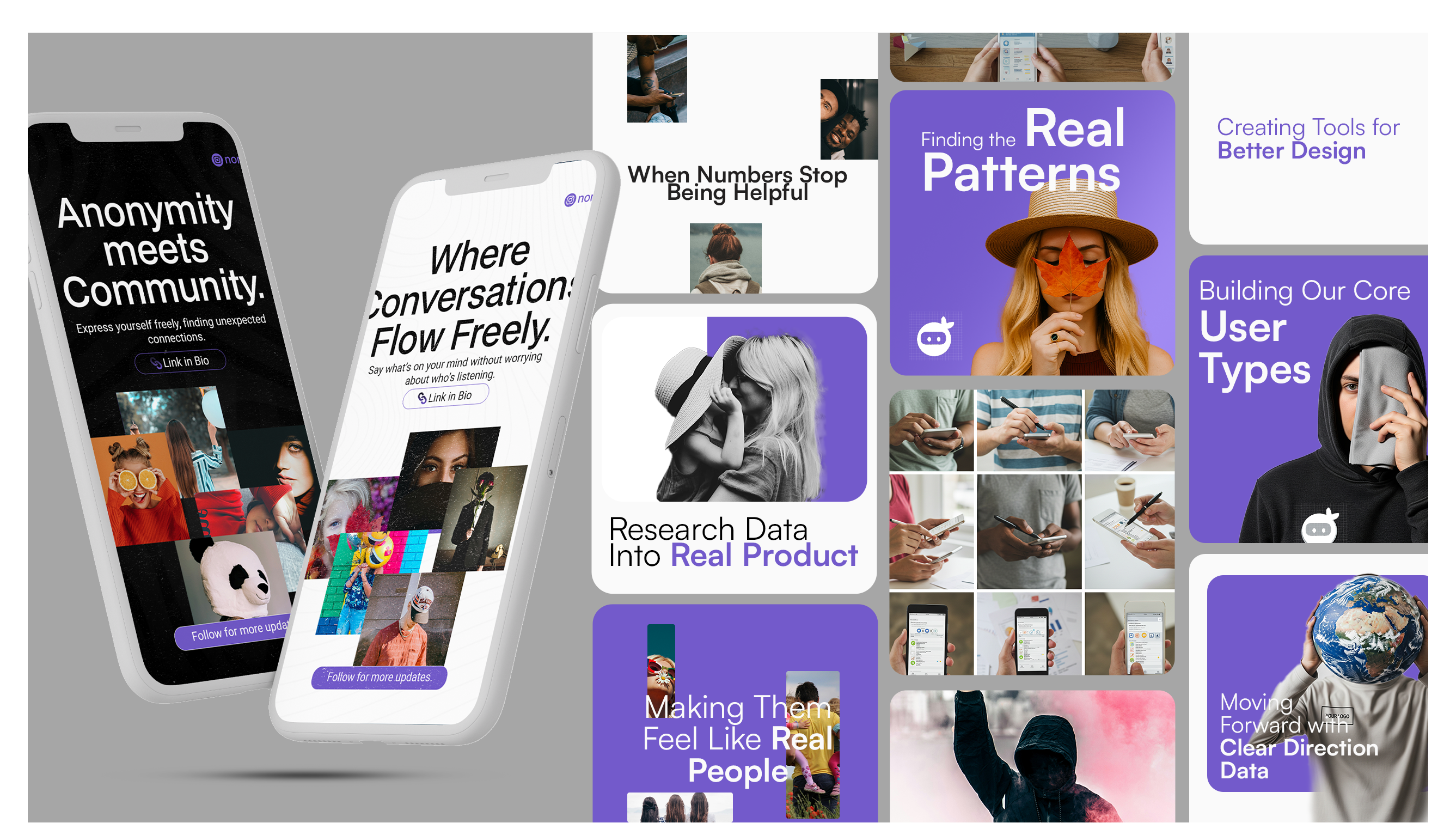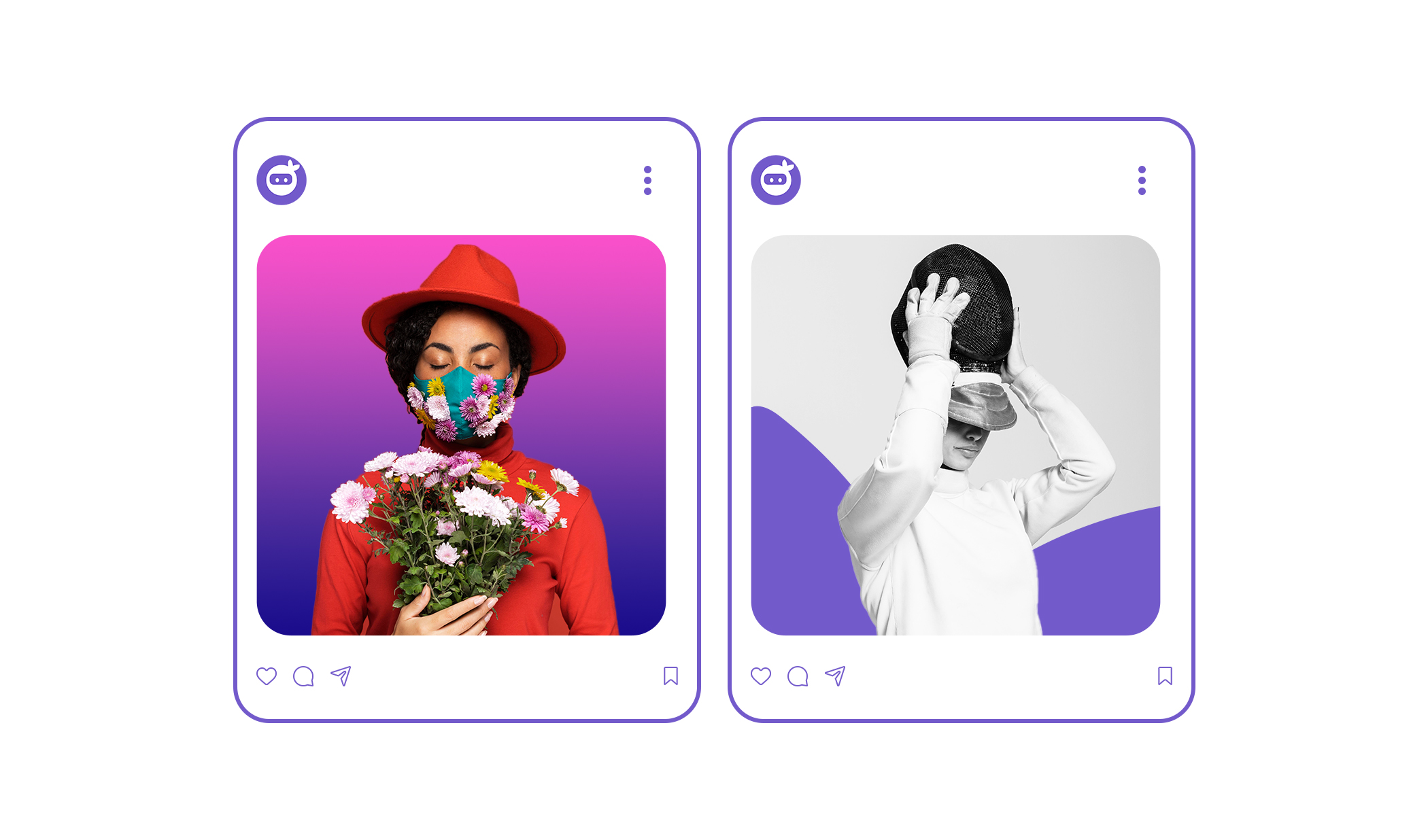From Survey Numbers To Real People
Taking all those statistics and percentages from our research and figuring out who the actual humans were behind the data.

After weeks of looking at survey results, we had plenty of data—charts showing platform preferences, graphs of privacy concerns, and detailed breakdowns of how different age groups felt about earning money online. But when we sat down to actually start designing features, we realized we had a problem. How do you design for "67% of respondents prefer flexible payment options"?
We needed to move beyond the statistics and understand who these people actually were. So we printed out all our survey responses, covered a conference room wall with sticky notes, and started the messy process of finding patterns that felt like real humans rather than just data points.

We tried organizing our data in different ways—first by age, then by income, then by the platforms people used most. None of these approaches felt quite right because we kept finding exceptions that didn't fit the obvious categories.
The breakthrough came when we stopped looking at demographics and started focusing on behaviors and attitudes. We found that a 22-year-old college student and a 45-year-old freelancer might have completely different backgrounds but very similar approaches to privacy and earning potential online.
We spent days moving sticky notes around until clear patterns emerged. Some people were naturally cautious about sharing personal information, while others were comfortable with it as long as they understood what they were getting in return. Some wanted to maximize earnings, while others just wanted enough to cover small expenses.

Once we could see these behavior patterns clearly, we had to make some tough decisions about which groups to focus on first. We identified six different user types, but picked our top four based on how many survey respondents fell into each group and how well their needs aligned with what we could actually build.
Each persona got the full treatmentt:
1. A realistic background and daily routine
2. Clear goals for what they wanted from a platform like ours
3. Specific frustrations with current options
4. Detailed preferences for how they liked to interact with technology
5. Their particular concerns about privacy and data sharing
The goal wasn't to create perfect representatives of every possible user, but to have specific people we could ask "would this feature make sense for Sarah?"
